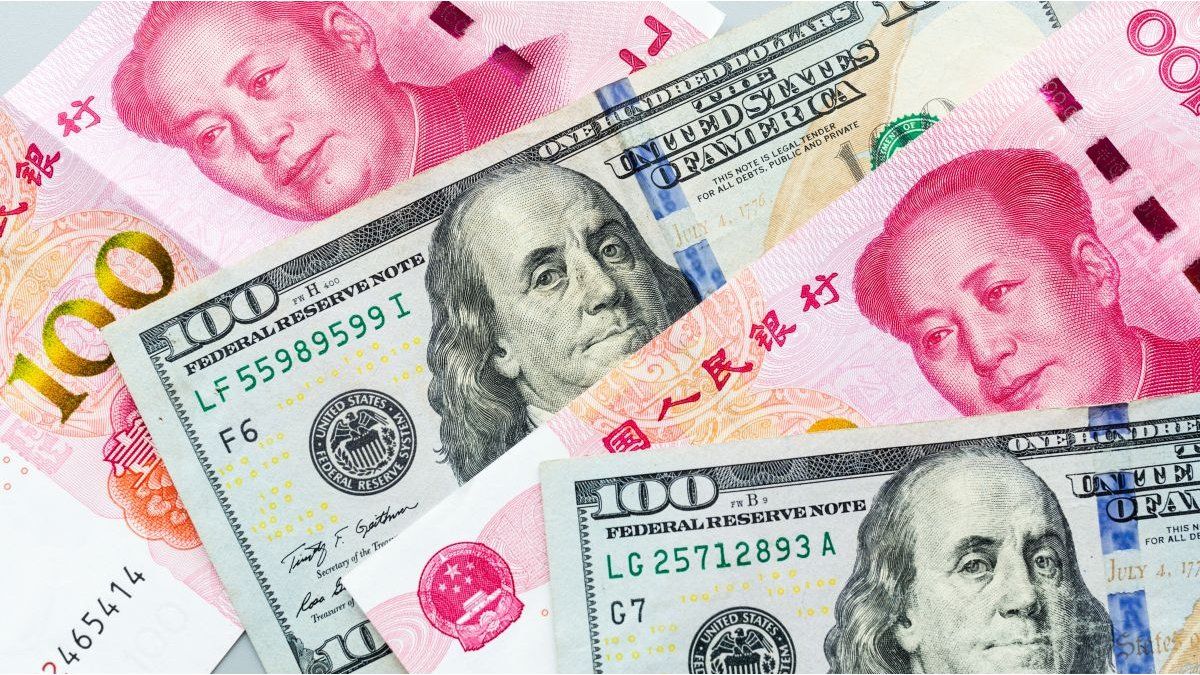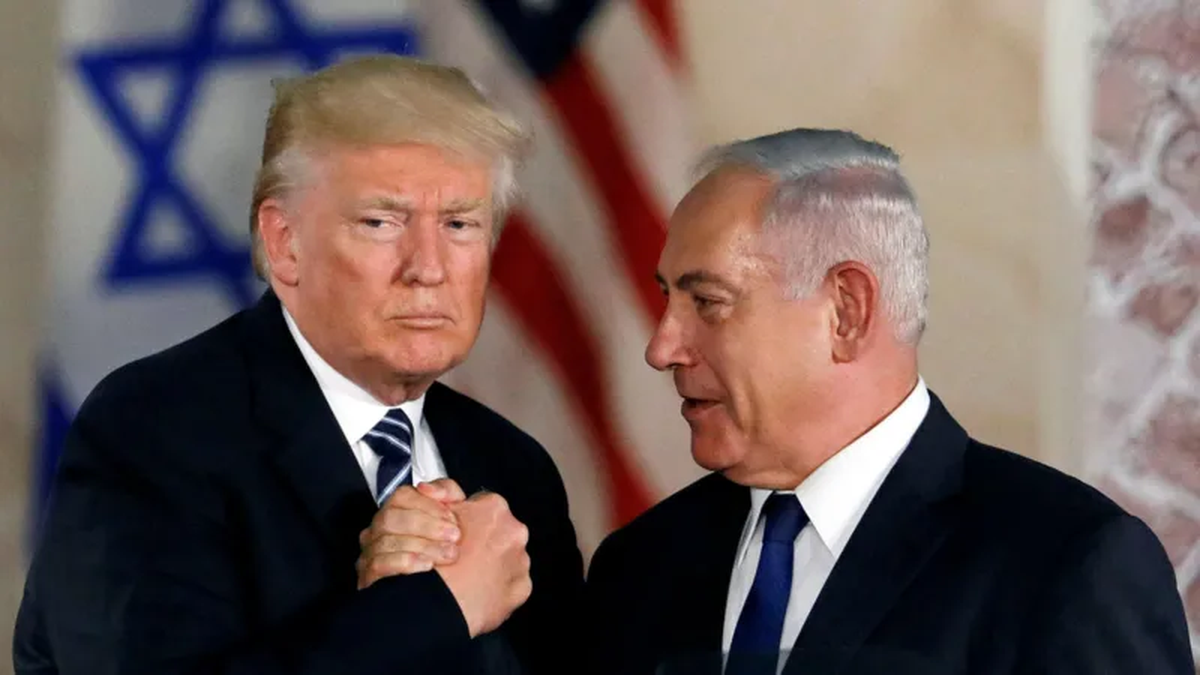The BBC, the renowned British news portal, recently published a note analyzing the Chinese strategy to displace the dollar and promote the yuan in Latin America. It is, as they point out, a clear geopolitical strategy in which Argentina’s role was clearly indicated in the article.
In Argentina, they say, the government announced last month that your purchases from China would begin to be paid in yuan instead of dollarsto preserve its weakened international reserves.
And in Brazil, where the yuan has supplanted the euro as the second largest foreign reserve currency, The government also announced an agreement to trade with China in the currencies of both countries and avoid resorting to the dollar.
These changes in two of the largest Latin American economies are pointed out by the president of Bolivia, Luis Arce, as part of a regional “trend” that your country could join.
But they are also seen by experts as reflections of China’s commitment to so that your coin be more international, in the midst of his increasingly intense fight with the United States.
“There are several mechanisms that China can use to introduce its currency in different markets; it is a regional phenomenon, not something exclusive to Brazil and Argentina,” Margaret Myers, director of the Inter-American Dialogue’s Asia and Latin America program, told BBC Mundo. a regional think tank based in Washington.
massa and china.jpeg
Sergio Massa met with the Chinese ambassador, Zou Xiaoli.
China’s strategy in Brazil
Beijing has shown its intention to achieve a greater presence of the yuan in Latin America over the last decade, after becoming a key trading partner in the region and a source of financing for some countries.
In 2015, the Chinese authorities signed investment and currency exchange agreements with Chile, where they announced the opening of the first yuan clearing bank in Latin America.
The objective of these institutions, also known as clearing houses, is to facilitate international transactions between the local currency and the yuan, without having to go through the dollar as is usually the case.
China reached yuan compensation agreements in other regions and in February announced one in Brazil, its largest trading partner in Latin America with a bilateral exchange that in 2022 reached a record of US$150 billion.
Operated by the Industrial and Commercial Bank of China, a financial heavyweight that guarantees Brazilian businessmen the immediate conversion to reais of deals closed in yuan, the compensatory mechanism in Brazil processed its first cross-border settlement operation in April asian currency.
With a considerable volume of bilateral exchange, this mechanism can in theory make yuan trading more attractive because it avoids double conversion through the dollar, explains Welber Barral, former Brazilian Secretary of Foreign Trade.
“It is a Chinese strategy to try to make its currency convertible and more widely used,” Barral told BBC Mundo.
Although the yuan could gain more weight as the second currency in Brazil’s international reserves with recent agreements, it is still marginal compared to the dollar (the Chinese currency occupied less than 6% of that basket in December, and the US more than 80 %).
China: what happens in Argentina?
For his part, the Argentine Minister of Economy, Sergio Massa, announced in April an agreement to stop paying imports from China in dollars and begin to do so in yuan, after activating a swap or financial exchange agreement with the Asian country equivalent to au $s5,000 million.
In this way, Argentina officially calculated that during May alone its companies would pay with yuan more than US$1.04 billion for imports originating in China (from electronics to automobiles) and then an average of US$790 million per month.
With these agreements, the Argentine government sought to preserve the country’s international reserves, which fell to disturbing levels in the midst of an economic crisis and as the Central Bank sold dollars in the exchange market to contain the devaluation of the peso.
China to the rescue of Bolivia too
In Bolivia, where international reserves have also been reduced and dollars have become scarce, the president cited the new use of yuan in the foreign trade of Argentina and Brazil as a possible way forward.
“The two largest economies in the region are already trading in yuan in deals with China,” Arce told a news conference this month. “The trend in the region is going to be that.”
Do you want to avoid sanctions?
Some experts believe that by trying to reduce dependence on the dollar, Beijing wants to shield yourself from the risk of eventual sanctions with that currency in the future.
China has also struck recent deals with other trading partners — from Pakistan to companies in France — to facilitate yuan exchanges, developed its own digital currency and an alternative to Swift, the global interbank messaging network. In parallel, questions have also arisen from Latin America about the primacy of the dollar.
But, according to specialists, the key here is that the dollar tends to attract international demand for safe assets and the yuan is unlikely to compete in this respect without China easing its own capital constraints.
Source: Ambito




